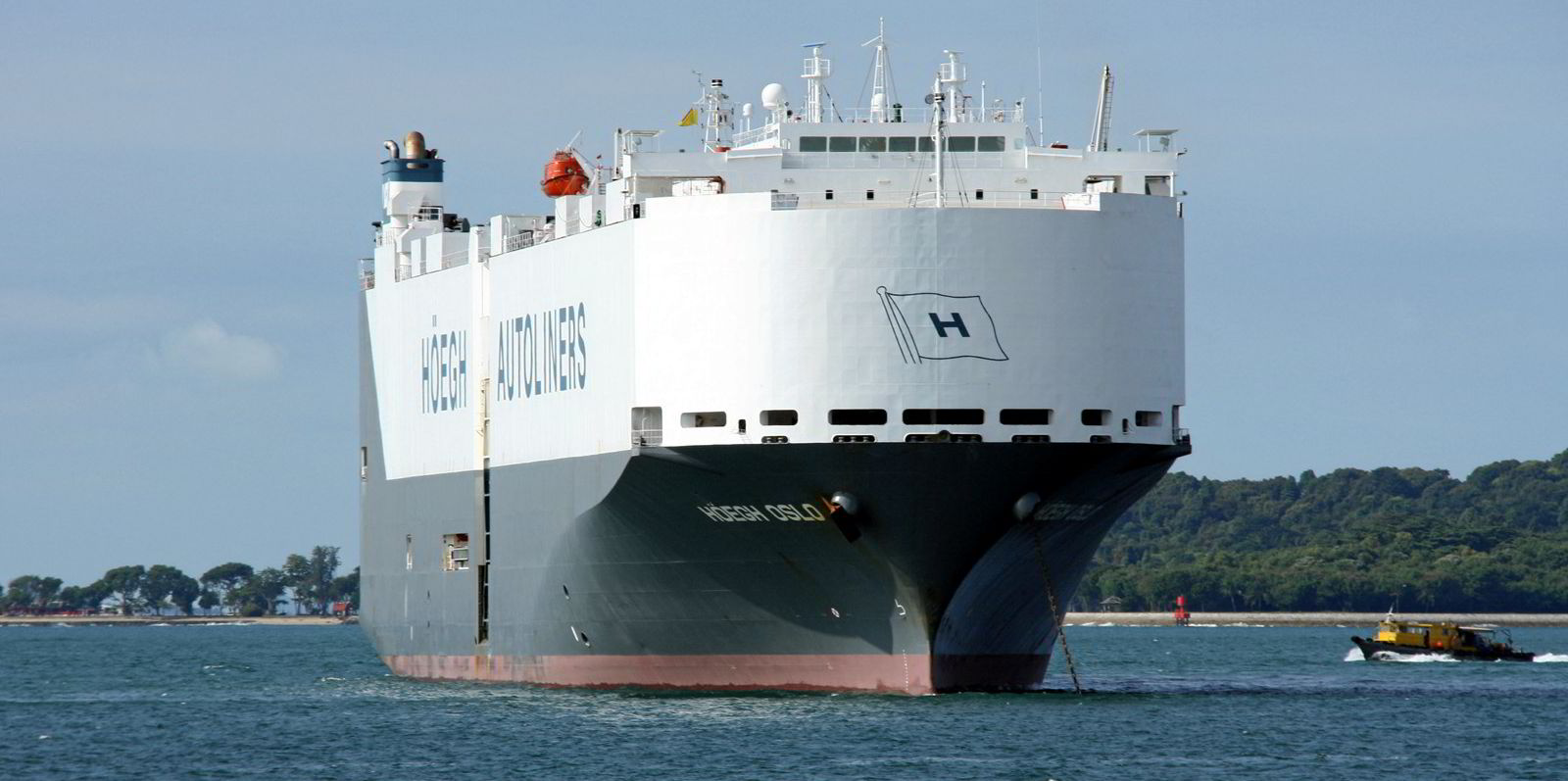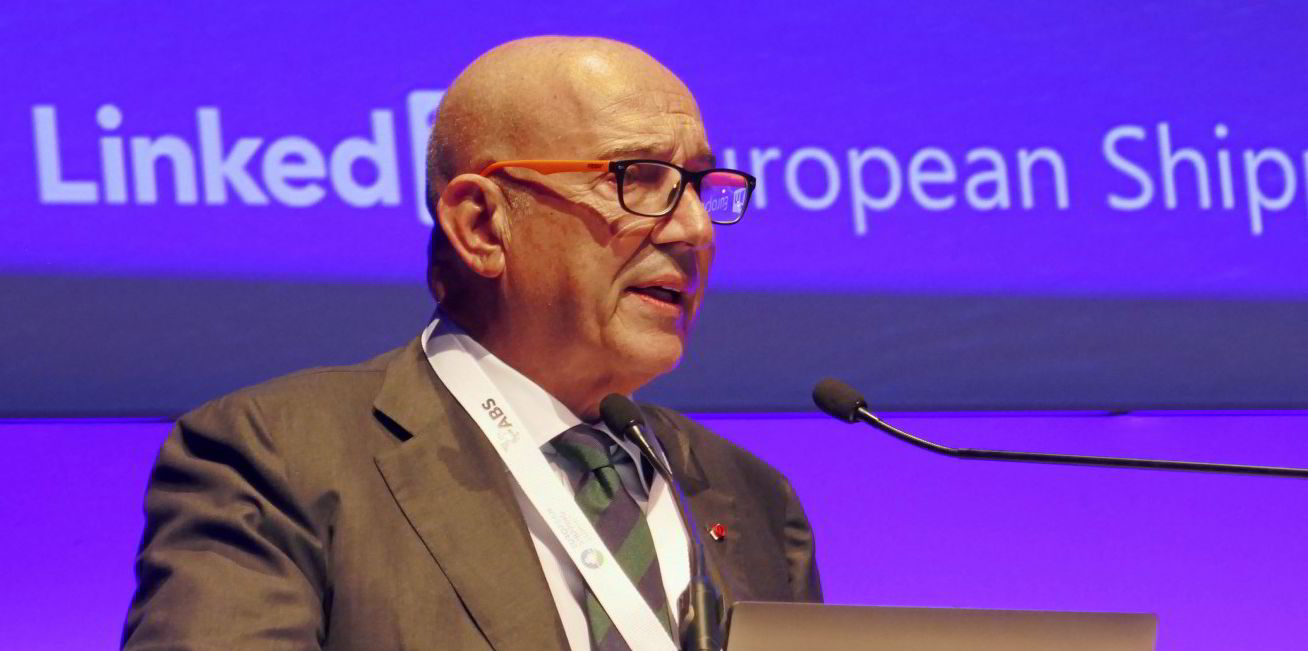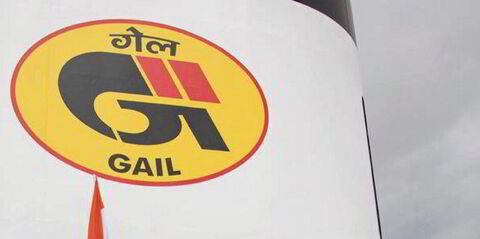Car carrier owners could be set to impose surcharges for shippers as Panama Canal disruption grows.
Veson Nautical analyst Andrea De Luca said congestion due to reduced transits at the waterway is starting to affect services.
Upheaval in the Red Sea following the hijacking of the 5,100-ceu car carrier Galaxy Leader (built 2002) is also “weighing on shipowners’ confidence”, he added.
De Luca noted that more vehicle vessels are being diverted from normal routes, adding to tonne-miles and transit times, and reducing net vessel capacity.
“We should not be surprised to see an equivalent ‘Panama Adjustment Factor’ surcharge pushed by deepsea ro-ro operators in coming weeks, following in the footsteps of their container cousins,” he said.
Liner giant MSC Mediterranean Shipping Company is already insisting on an extra $297 per teu from Asia to the US East Coast or US Gulf.
And a war risk surcharge is being requested by some box carriers, setting the tone for all cargo ships, De Luca added.
Eyebrows were raised last year when Veson analyst Dan Nash suggested $150,000 per day for car carriers was possible in 2023, considering the index was at a historic high of $77,000 at that point.
“We didn’t quite get there due to a lack of liquidity, but we are getting closer,” De Luca said.
Veson valuation platform VesselsValue’s one-year 6,500-ceu vessel time charter index stands at $123,000 per day, more than double the previous high in 2008.
$150,000 per day is ‘plausible’
“A rate of $150,000 per day in the first half of 2024 remains plausible if supply continues to tighten as vessels take longer to transit through canals and dangerous seas, compared to 6%-7% demand growth,” De Luca added.
His base-case scenario for peak rates in 2024 is $130,000.
Clarksons Research analyst David Whittaker said charter rates are at record levels.
“Much of the fleet is now fixed forwards and fixture periods are frequently in excess of three to four years,” he added.
“The short-term outlook is firm, with positive momentum looking set to continue into 2024.”
But Whittaker sees more uncertainty in the longer term.
Fleet growth is projected to pick up by 8% in each of 2024 and 2025.
“It is unclear to what extent car trade growth might cool off once pent-up demand is worked through, especially given consumer pressures and downside risks,” he said.
Clarksons Research’s base case is for 5% demand growth in 2024 and 3% in 2025.
Normalisation eventually
“A normalisation in market conditions seems natural eventually, but, given today’s wide supply-demand imbalance, this could well take time,” Whittaker concluded.
Veson said China is having an “exceptional fourth quarter”, forecasting seaborne light vehicle exports of 4.1m for 2023.
“In a nutshell, this explains why rates and asset values exploded in the vehicle carrier sector from the tail end of 2021, because China started to scale up exports at speed, benefiting from strong global demand for electric vehicles and the largest car market by country sales,” De Luca said.
“We are forecasting demand growth of 7% from the Far East in 2024, as China’s light vehicle exports start to plateau, aligning more closely to global light vehicle sales forecasting, inferring a balanced market by 2025 as rates return to long-term historical averages.”





